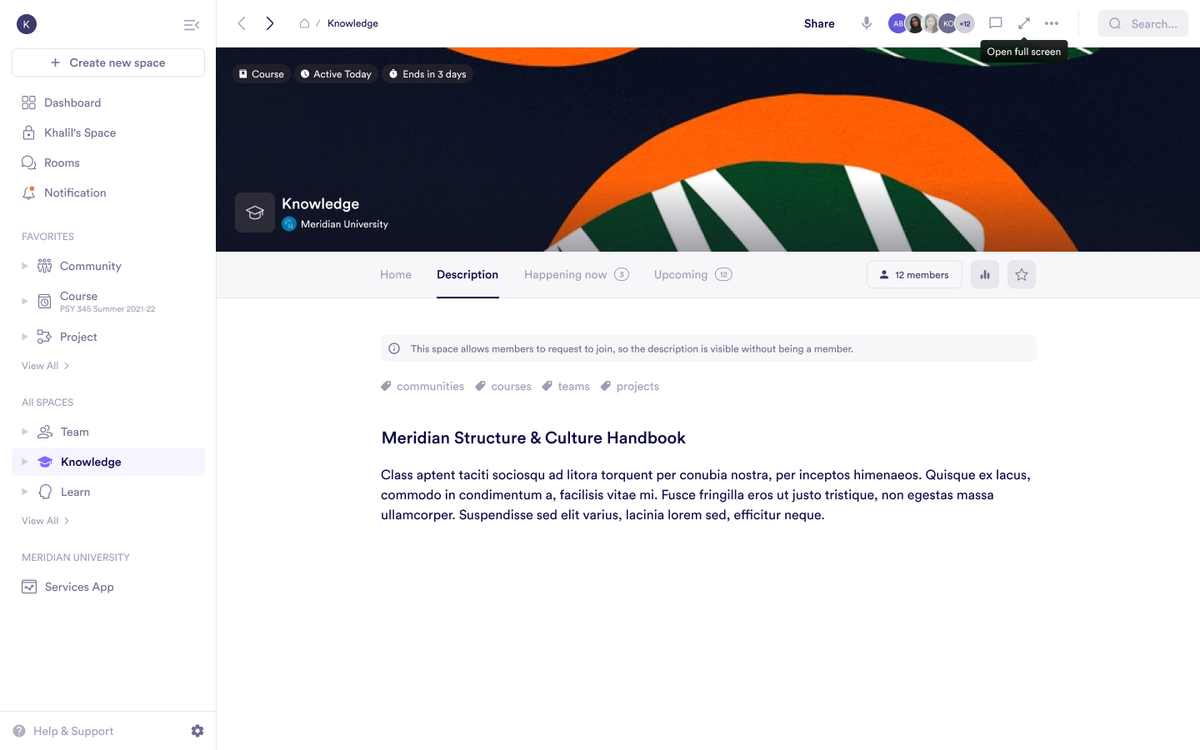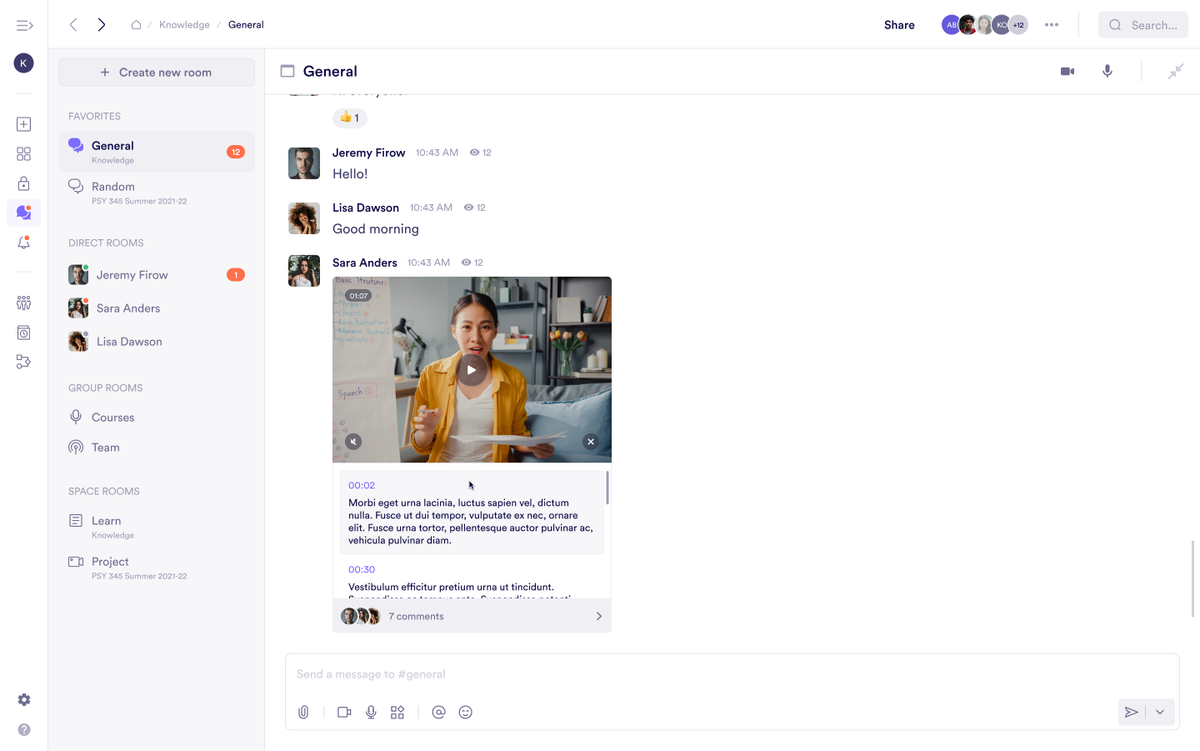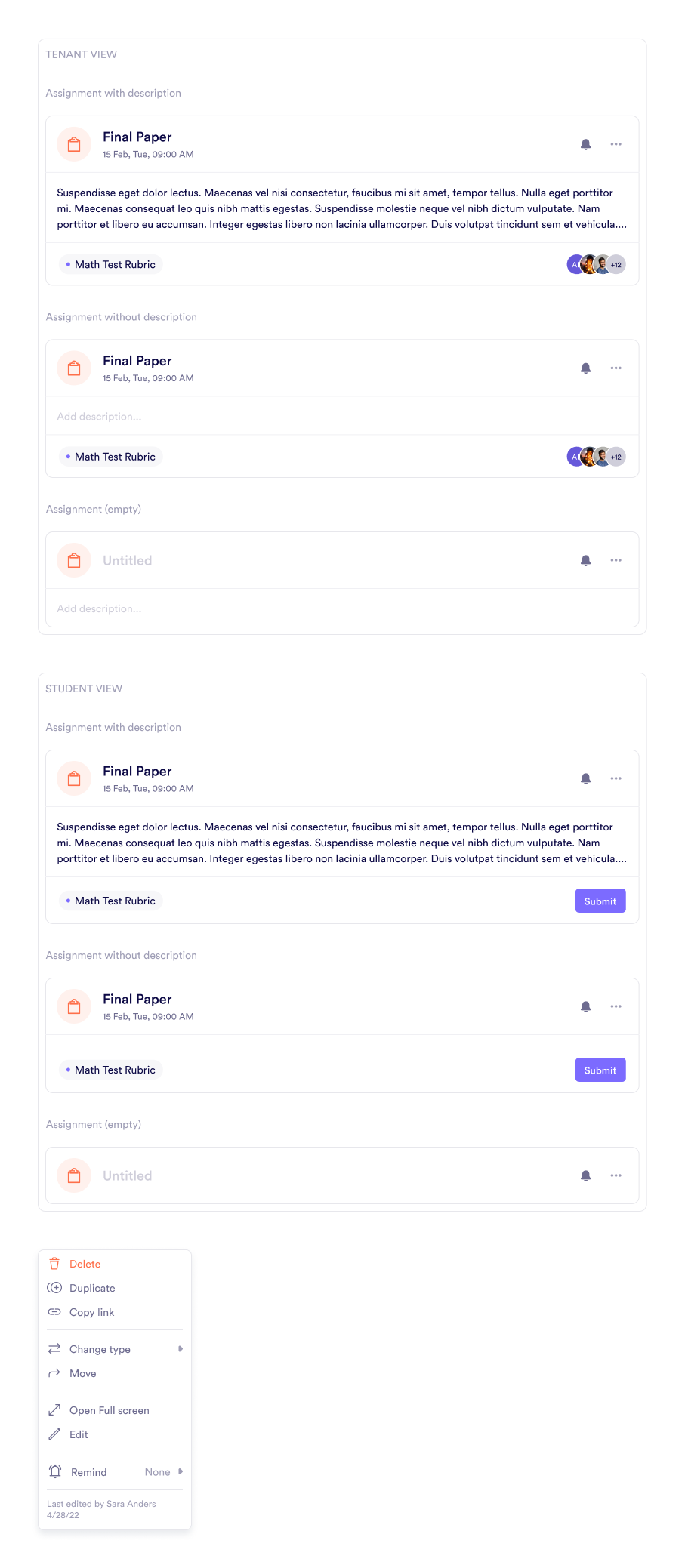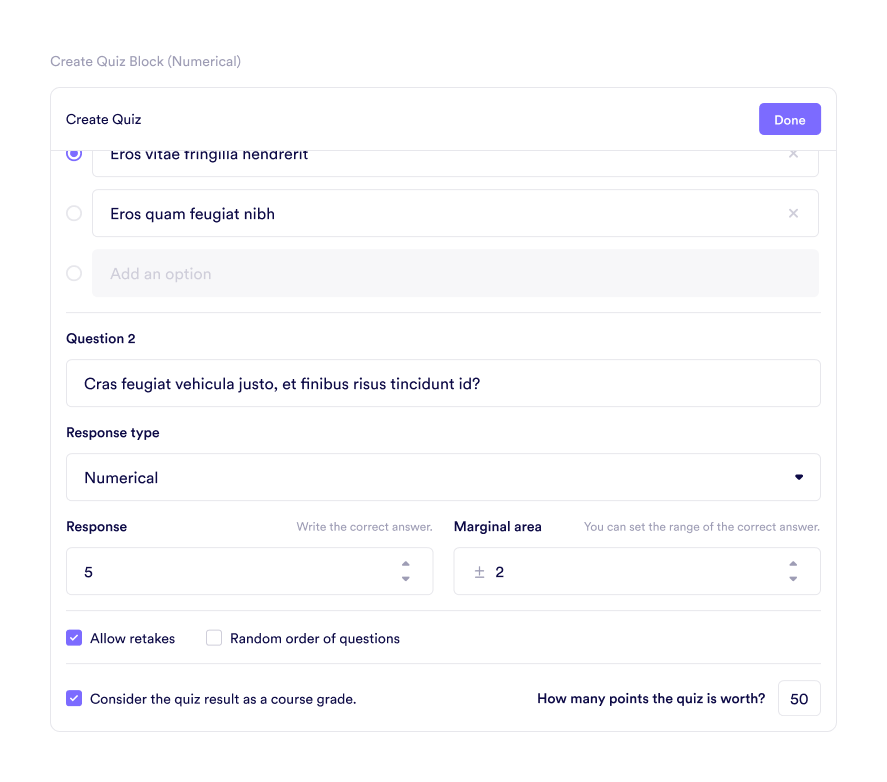Feb 6, 2025
Social LMS Alternative to Canvas, Blackboard, and D2L: Meet Pivot
 Jennifer Simonazzi
Jennifer Simonazzi
Many systems still treat education as a static process—upload a file, assign a task, grade it, repeat. But students thrive where interaction breathes life into lessons, where discussions spark new ideas, and feedback isn’t an afterthought. Traditional platforms like Canvas may handle assignments and grades, but they often miss the heartbeat of real learning: connection. A social learning platform should do more than manage coursework: it should create spaces where collaboration happens naturally, ideas flow freely, and knowledge isn’t confined to a syllabus. Education has evolved, and it’s time for the systems supporting it to catch up.
Why Traditional LMS Platforms Like Canvas, Blackboard, and D2L Fall Short
Most social learning management systems were built with administration in mind, not actual learning. They focus on delivering content and tracking grades but often miss the heart of education: collaboration and engagement. Platforms like Blackboard and D2L structure learning in a non practical way: assignments in one section, discussions hidden in another, and no real bridge between them.
Consider a student juggling assignments on Blackboard, navigating separate discussion threads on D2L, and coordinating group projects through external chats. The result? Fragmented learning, disjointed conversations, and unnecessary stress.
Common pitfalls include:
- Rigid structures that limit how educators design interactive lessons.
- Disconnected tools for content delivery, discussions, and assessments, making students jump through digital hoops.
- Minimal real-time collaboration features, reducing dynamic engagement opportunities.
Education should flow, adapt, and bring learners together.
What Today’s Educators and Students Need from a Social LMS
A social LMS should be more than a content repository—it should foster interaction, critical thinking, and active participation. Educators need flexibility to design courses that inspire, while students need spaces where learning feels dynamic, not transactional.
Key elements of an effective social LMS include:
- Real-time and asynchronous communication: A blend of chats, video calls, and discussion posts ensures that learning happens both in the moment and on students’ own time.
- Collaborative workspaces: A unified environment where educators and learners co-create content, engage in group projects, and exchange feedback without juggling multiple apps.
- Integrated assessment tools: Assignments and transparent grading features that not only track performance but support meaningful learning.
When communication, collaboration, and evaluation coexist and feed on each other, education transforms from passive consumption to active engagement: exactly what today’s learners deserve.
How Pivot Combines Real-Time Collaboration with Learning Tools
Pivot enables both real-time and independent learning, connecting students and educators in flexible environments designed for collaboration.
Here’s how Pivot works within a social learning platform and social LMS:
- Spaces: Organize courses, manage communities, and coordinate projects with adaptable structures.

- Rooms: Host real-time discussions with chat, video calls, posts, and streaming to keep conversations active and accessible.

- Blocks: Provide essential tools to manage coursework
- Assignments: Design tasks with clear instructions, deadlines, and integrated rubrics for transparent expectations.

- Quizzes: Assess knowledge through multiple formats, including multiple choice, short answer, and numerical questions.

- Rubrics: Establish clear grading criteria to guide both students and educators.

Pivot’s approach keeps learning organized, assessments straightforward, and collaboration at your fingertips.
Pivot vs Canvas, Blackboard, and D2L: The Better LMS Alternative
When it comes to fostering genuine learning experiences, many traditional platforms fall short. Pivot is designed to bring connection, collaboration, and real-time engagement into every course. Here’s how Pivot compares to other platforms:
- Pivot vs. Canvas: Built for dynamic learning, not just course management
Canvas is known for its robust course management features, offering tools for assignments, grading, and discussions. However, its structure can limit flexibility, making it difficult for educators to adapt content for evolving classroom dynamics. Students often feel like passive recipients rather than active participants. Pivot is a practical Canvas alternative that allows educators to break free from course templates. With spaces for flexible course organization, rooms for live discussions, and blocks for assignments and interactive content, educators can design learning environments that evolve with student needs. Collaboration isn’t confined to static discussion boards; it happens in real-time, alongside the content itself.
- Pivot vs. Blackboard: Replacing complexity with meaningful engagement
Blackboard has long been a staple in education, offering comprehensive administrative tools. However, its outdated interface and clunky navigation create barriers to both teaching and learning. Students spend more time figuring out where things are than engaging with the material. Pivot is a Blackboard alternative that tackles these issues head-on. Assignments, rubrics, and grades are integrated directly into learning environments that feel natural and easy to navigate. With real-time chats, video rooms, and interactive Blocks for content creation, Pivot fosters meaningful discussions without forcing users to dig through endless menus. It’s built for active participation, not just administrative control.
- Pivot vs. D2L Brightspace: Prioritizing interaction over administration
Brightspace (D2L) is designed with a strong focus on data-driven learning and administrative oversight. While it offers detailed reporting tools, its focus on metrics can make the platform feel impersonal, reducing learning to checkboxes and deadlines rather than experiences and connections. On the other hand, Pivot is both a Brightspace alternative and a D2L alternative that puts human interaction at the core of education. Rooms support real-time conversations, group work, and even live streaming, while blocks handle quizzes, assignments, and grading in ways that keep students engaged. Instead of treating learning as a series of tasks to complete, Pivot creates environments where collaboration drives growth. Students and educators connect not just through content, but through dynamic, ongoing dialogue.
Where Learning Meets Collaboration
With Pivot, you can create classrooms where knowledge is shared, ideas are challenged, and connections thrive. With flexible tools for assignments, discussions, and real-time collaboration, Pivot adapts to how educators teach and students learn. Explore Pivot’s capabilities and see how it can support your educational journey HERE.

Jennifer Simonazzi
Content Writer
Share this post
Table of Contents
Subscribe to never miss out on updates and inspiration
Watch new Pivot tutorials, attend live training sessions, and get access to exclusive new features.
